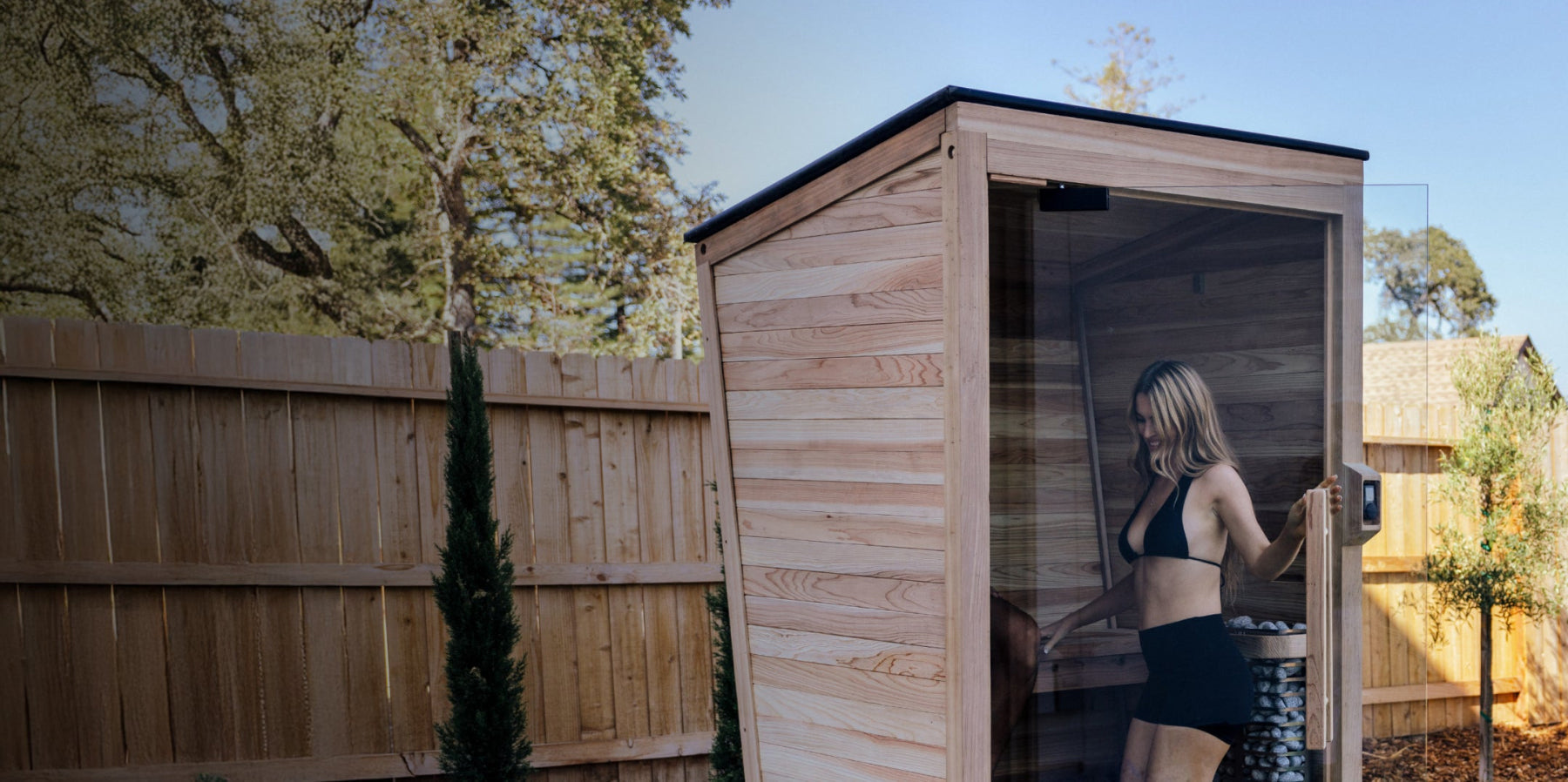
Cold Exposure May Inhibit Growth of Cancer Cells, Study Shows
Cold exposure may help slow down the spread of tumors by shrinking them or preventing them from growing altogether, according to a Sweden study.
In a study by Yihai Cao at the Karolinska Institute in Sweden, a group of mice was implanted with various cancer cells. Then, they split the mice into two groups - one controlled group which were left as they were and another other group that was exposed to low, but not freezing temperatures for 20 days. The mice that were exposed to the cold temperatures had “considerable tumor inhibition” and a survival rate of nearly double that of the mice from the controlled group.
So how was cold exposure able to suppress cancer cells? First, we need to talk about BAT - Brown Adipose Activation.
What is Brown Adipose Tissue (BAT) Activation?
Brown adipose tissue (BAT) is a type of fat found in large quantities beneath your skin. It's also known as "personal" or "brown" fat and when activated by cold temperatures, it burns calories to generate heat in order to keep you warm.
Brown fat has a higher ratio of mitochondria and myoglobin than its white fat counterparts, which means they burn calories more efficiently. On top of that, brown tissue also contains free fatty acids which can help lower the risk of heart disease and diabetes.
Interestingly, cell longevity is one benefit of BAT activation that scientists are still learning more about. In fact, one study found that exposing cells to cold temperatures increased cell lifespan by activating stress response pathways to adapt to stressful conditions and protect them from damage.
But here’s the kicker: brown adipose tissue activation may be the key to blocking tumor growth or even halting tumor growth.
How BAT Activation & Cold Exposure Inhibit Cancer and Tumor Growth
BAT Activation Reduces the Tumors Energy Supply
The process by which our bodies defend themselves from tumors is that when an abnormal cell grows, the body reacts by forming a tumor around it. The first step in this process is for these cells to invade nearby tissue and form a tumor mass using glucose as the energy supply.
On the other hand, when brown fat tissue is activated, it burns energy (aka glucose) rather than storing it. So during BAT Activation when glucose is being burned, it reduces the tumor's energy supply which can reduce and sometimes even stop tumor growth.
Cold Temps Prevent New Blood & Protein From Reaching the Tumors
Next, scientists discovered that cold temperatures also inhibit cancerous growth, specifically by strangling the cells' ability to make proteins. Cold temperatures cause blood vessels to spasm and prevent new blood from reaching the tumor. Without oxygen and nutrients, from the new blood circulation, tumors can’t make the proteins required to sustain themselves which can cause them to die off and stop growing.
Cold Exposure Methods In Practice
When you first hear about cold exposure, you may shiver and picture yourself standing in your backyard in a tank top and shorts in the snow. But there are better and more practical ways to practice cold exposure.
One popular method is cold water immersion. We’re partial to ice baths and cold plunging - the method of submerging into cold (but not freezing) water for 2 to 5 minutes. Cold water immersion can also be done as cold showers or cold baths but these are typically less effective at providing the benefits of ice bathing.
Another popular cold exposure practice is cryotherapy. Cryotherapy involves exposing part of the body to extremely cold, freezing temperatures (as low as -230°F) and typically requires specialized cryo chambers. Other cold exposure methods include ice packs, ice massages, coolant sprays, and cold compress.
Talk to your doctor or primary care provider about which cold exposure method is right for you to add to your routine.
Why Ice-Baths Are The Ultimate Cold Immersion Method
When used in conjunction with your doctor’s recommendations, cold exposure can be a great tool.
The best part about this discovery? It's easy to incorporate cold immersion into one’s daily routine. All you need to do is take a quick dip in an ice-bath for 2 to 5 minutes a day.
Ice baths are great because they’re effective, accessible and fairly easy to set up. You don't need to head to a special facility - you can do it from the comfort of your own home with a Plunge (or a bathtub and some ice). Check out this blog post on what you need to know about your first at-home ice bath and this blog post about how to set up your ice bath.
You should also consider downloading our free ice bath protocols to start your ice-bathing experience and learn how to elevate your cold plunging experience.
Medical disclaimer: This post is intended for informational purposes only and is not a substitute for professional medical advice. Please consult with your doctor before beginning a cold plunging routine or any physical activities.





